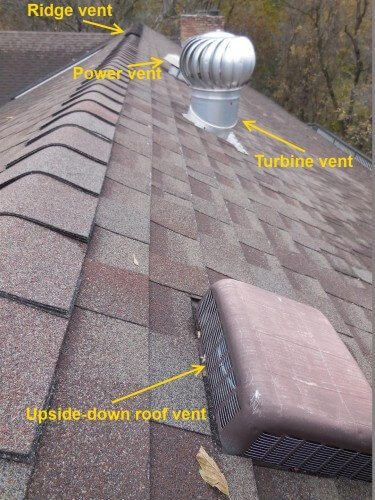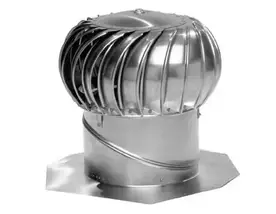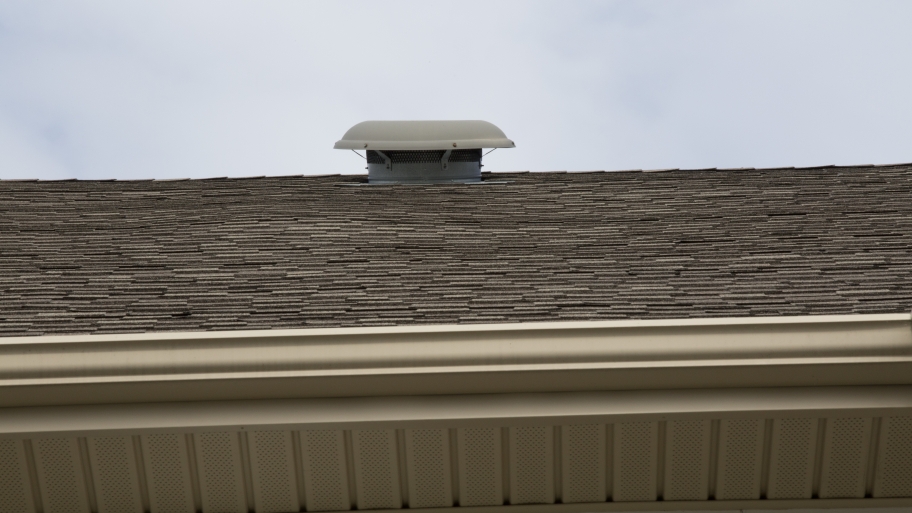A roof ventilation system works by providing a continual flow of air through the attic space helping remove overheated air and moisture from the attic and roof system and reduce the impact of changing temperatures and moisture conditions both inside and outside the home.
How do rotating roof vents work.
Extends the life of your roof.
3 benefits of roof ventilation 1.
The last thing you want to do is stuff insulation in the vents.
In contrast an active ventilation device might be an electric powered whole house fan or a powered roof ventilator.
They are sometimes called whirligigs because they look like the child s toy of the same name and they can be seen rotating atop residential industrial and commercial buildings.
Wind driven roof vents will pull more air from the attic but only when the wind is blowing.
Attic turbines should spin as heat rises.
All things being equal wind driven turbine vents also known as a whirlybird roof vent.
Ventilating attic spaces in winter months is often more important than venting.
Our turbine roof vents whirlybirds were really noisy and had some rattling that was causing some vibration in the house.
Improperly ventilated attics can have issues with mold and mildew as well as ice buildup and leaks in winter and can increase home cooling costs in summer.
It was very annoying.
Flat roof vents have no moving parts to break or squeak but don t vent as much air as wind driven vents.
Roof turbine vents are often dome shaped non electric vents that work in combination with soffit vents to suck out stale warm and or moist air from the attic.
How does roof ventilation work.
Passive vents work for free and in almost all instances are silent.
Attic turbines are an important component of attic ventilation.










